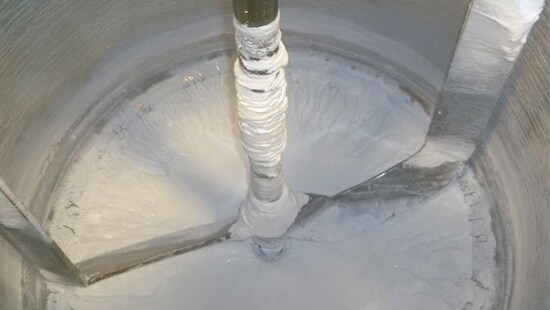Dirty Hold Time: What is it and its Impact on Validation
You have probably heard about establishing “dirty hold time” to include in your cleaning validation plan, but what is DIRTY HOLD TIME (DHT)?

Dirty Hold Time (DHT) is the duration of time your equipment sits in a soiled state before cleaning. Best practice is to clean equipment as soon as processing is complete, while the soil is the easiest to remove. If the soil sits on the equipment surface it not only dries out, but becomes a host for microbial growth. Unfortunately, operational constraints can get in the way of the best intentions. Whether due to limited resources for cleaning, sanitation being run during off shifts, or perhaps pressure to complete production before a holiday weekend, equipment may sit dirty for hours or even days. For purposes of cleaning validation, the FDA requires that a DHT maximum be established for the validated state.
Why is DHT required in Cleaning Validations?
Validating cleaning incorporating a DHT sets an operational boundary for future production runs, ensuring that cleaning validation has been conducted on the worst-case condition. Parameters used to establish DHT for validation are of interest to both Quality and Operations. Operations will desire a relatively long DHT to maximize scheduling flexibility. This way, equipment cleaning can be scheduled based on resource availability and production demand. Quality, on the other hand, will want to minimize DHT as they consider the potential for micro growth in soiled equipment. The selected DHT should be established through collaboration and negotiation between these two groups.
Do all validation runs have to be at the maximum DHT?
No, not all validation runs must be at maximum DHT. The FDA says that you must demonstrate that DHT does not impact your ability to clean the equipment. However, they do not specify how you demonstrate that. Many successful validation plans are designed with only one of the three repeated runs being executed at the maximum DHT. It is important to document the dirty hold time for every run in your validation protocol, even if the equipment is cleaned prior to the maximum DHT. It is recommended that you deliberately hold equipment in a dirty state for the maximum DHT for at least one of your runs. If not, the longest duration your equipment sits dirty during the validation runs will become your validated DHT. An auditor will be looking for a specified DHT in your study. Thus, it’s best to be deliberate in stating a maximum DHT, and testing at that maximum during validation to avoid being unduly constrained.
If you need assistance incorporating DHT in your cleaning processes Ecolab has a team of cleaning validation experts ready to help.



